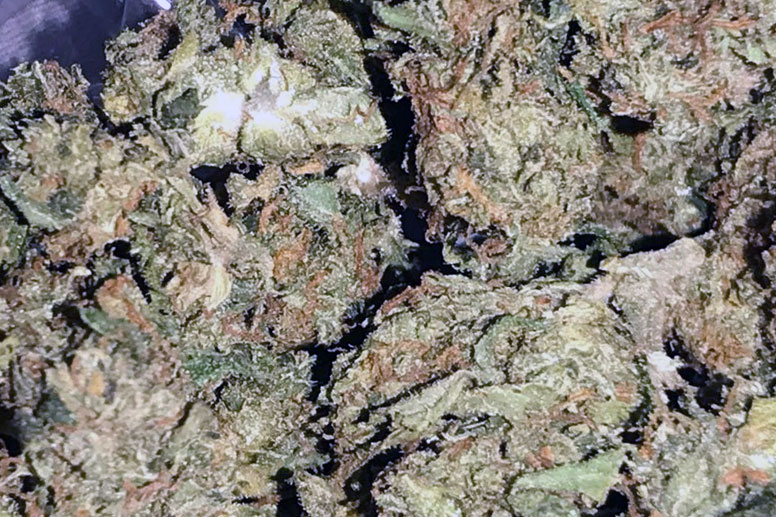
According to Michigan state officials from LARA on January 11, 2019, 15 strains (or varieties) of cannabis sold at The Green Mile Detroit and at Compassionate Care by Design (Kalamazoo) failed testing due to molds, yeast and chemical residues. As a result Michigan state officials issued two health and safety advisories for cannabis consumers.
Later that day an additional four strains of cannabis sold HG Lansing were recalled due to similar mold and bacteria problems. We interviewed expert cannabis grower Jared Cox of Mold Resistant Strains for input on mold issues:
“One of the biggest challenges cannabis growers face before, during and after harvest is mold. Botrytis cinerea, otherwise known as gray mold, often appears in high humidity inside of the flower structure of cannabis plants, which makes the fungi hard to detect. This devastating fungus destroys the flowers of cannabis so quickly, in just a matter of days the plant is full of mold. Botrytis cinerea is dangerous to smoke so homegrowers definitely don’t want that going on in the grow room.
Another dangerous mold that grows on cannabis, Aspergillus, is commonly found in stale weed that’s been laying around in the open air for too long. All this mold being found in cannabis means that we as a community need to start taking mold issues more seriously.
What we’re doing to combat mold issues starts from the strains used to breed the particular strain (or cultivar) intended to become more mold resistant. During the seed breeding process, only the most mold resistant strains are used. It’s well known that cannabis genetics grown for decades in moist climates tend to hold up against the pressures of molds and mildews better than other strains. Thai sativa strains, known as “Thai Stick” strains, show a remarkable tendency to not develop mold and that’s the reason for our breeding projects with Thai and other landrace sativa strains.
Usually the best a homegrower can do once mold occurs is to clean up the grow room, drop the humidity and turn on the fans. Outdoor cannabis growers in humid locations are a different story, they must count on good weather to really finish up the buds real nice and dank. Sometimes plucking sucker leaves can help due to the increased airflow created in the plant canopy.
Ultimately the ideal solution would be to grow a mold resistant strain of cannabis which is what we are breeding at the moment.”
According to David Harns, spokesman for the bureau “All three licensed provisioning centers had obtained the marijuana from caregivers, and sold it to customers before it was tested by a lab”.


Yo this mold issue ain’t no joke. We need to keep that weed clean for real. Ain’t nobody tryna mess with no moldy bud, it could put folks in danger. Hope they fix this quick.
Yo dis mold issue gotta be serious, we need clean meds for real. Ain’t nobody tryin to deal with no nasty stuff like dat. Keep it safe for the community, fam.
Yo dis mold situation in Michigan got folks trippin. Ain’t nobody wanna smoke no moldy weed, dat’s for sure. We gotta keep it clean and safe out here for real.
Yo this mold situation crazy. Ain’t nobody tryna buy no weed with mold on it. Gotta keep it clean and safe for the people. Michigan gotta do better with them recalls.
Yo dis some serious stuff right here. Ain’t nobody tryna smoke no moldy weed, that ain’t cool. Hope they get it fixed so we can enjoy our herb safe and sound.